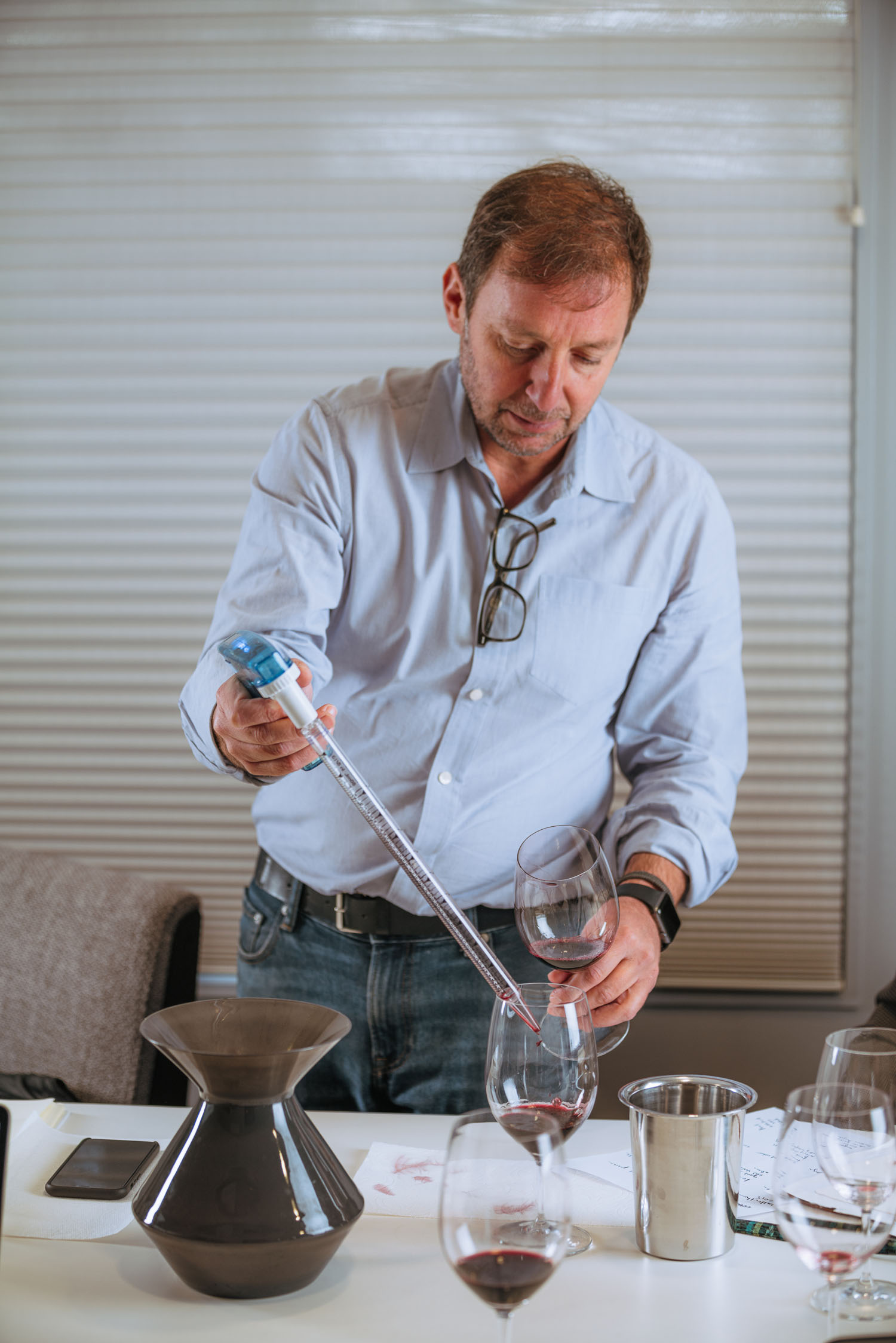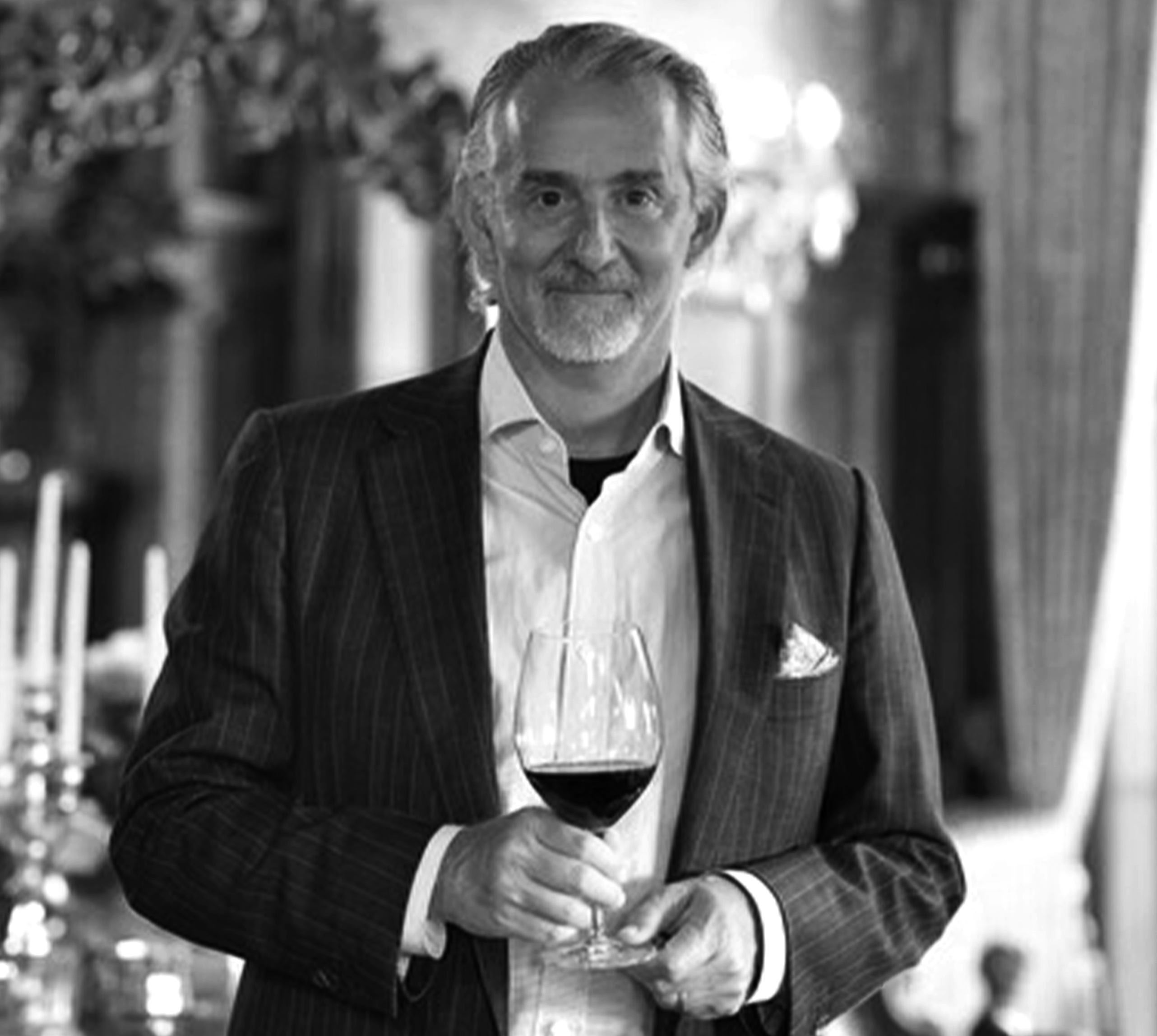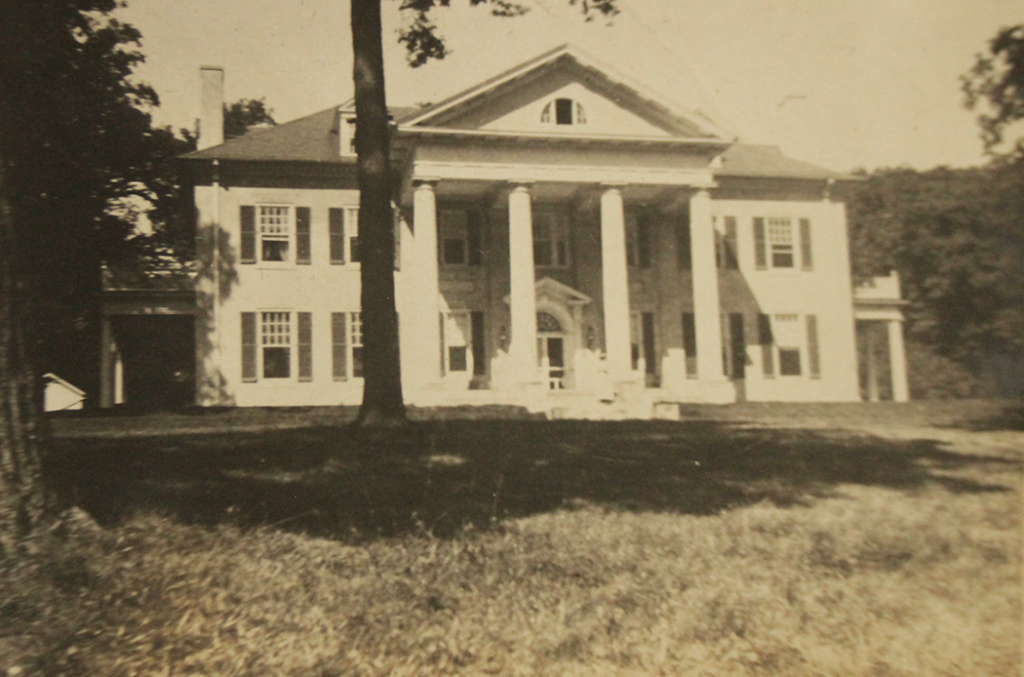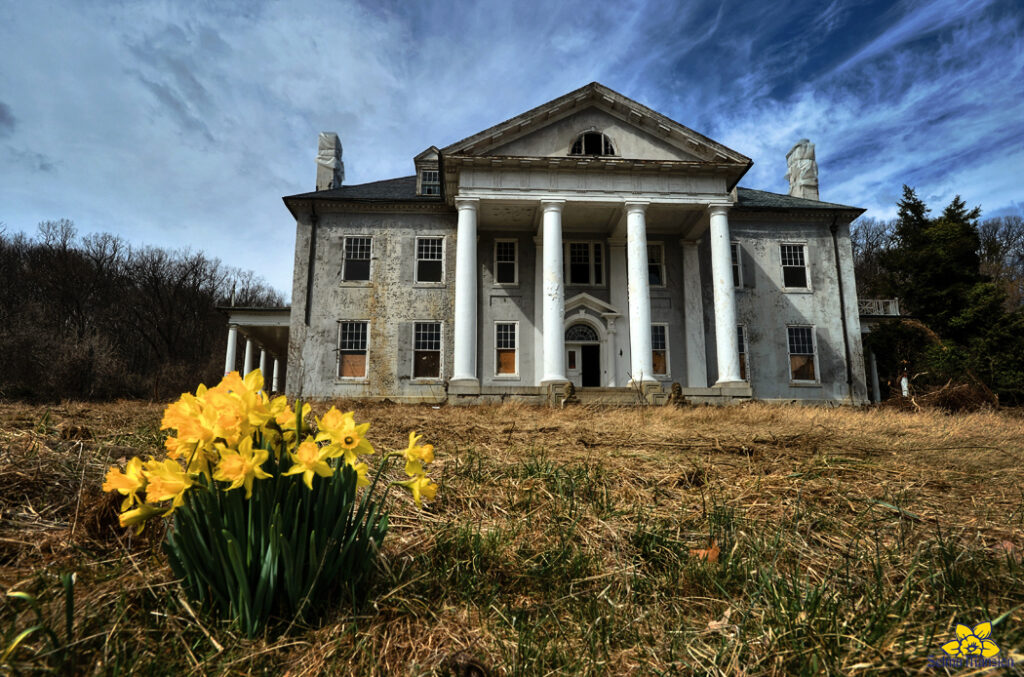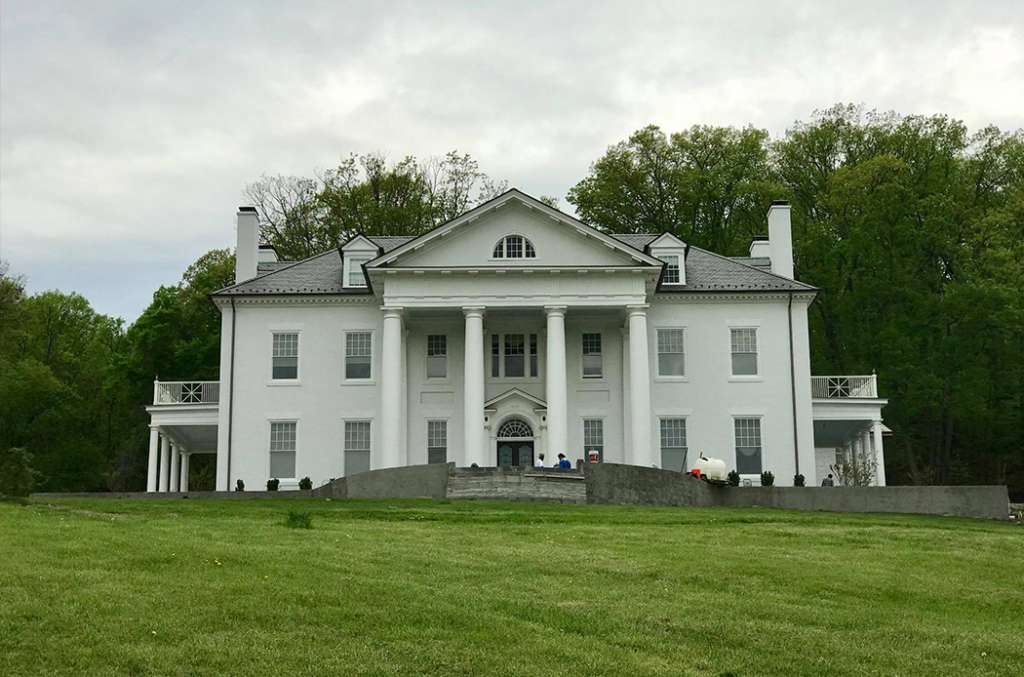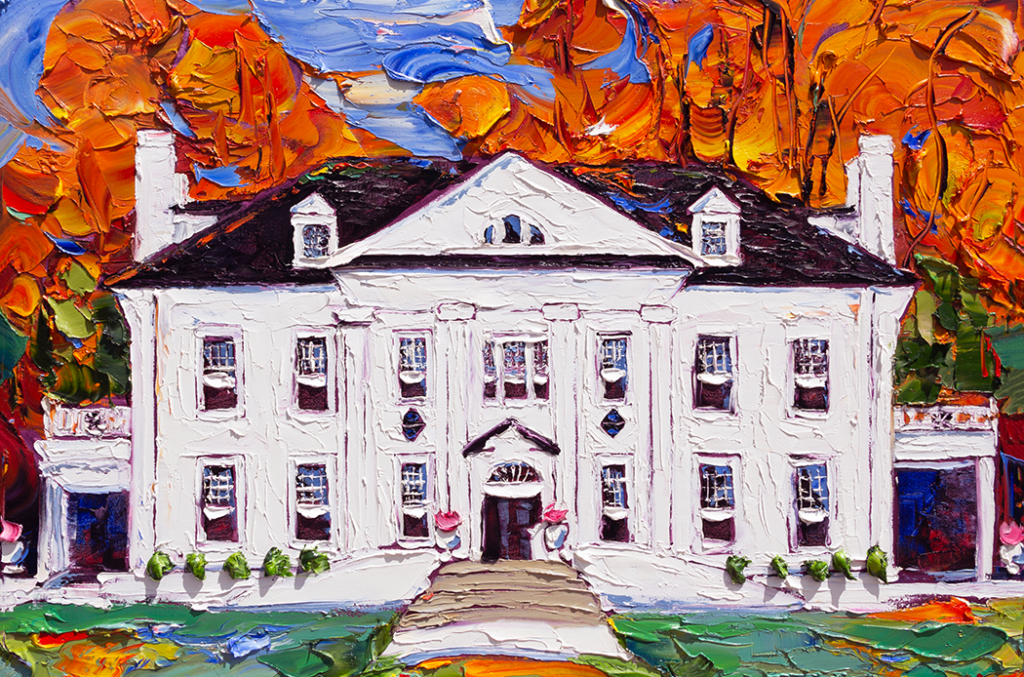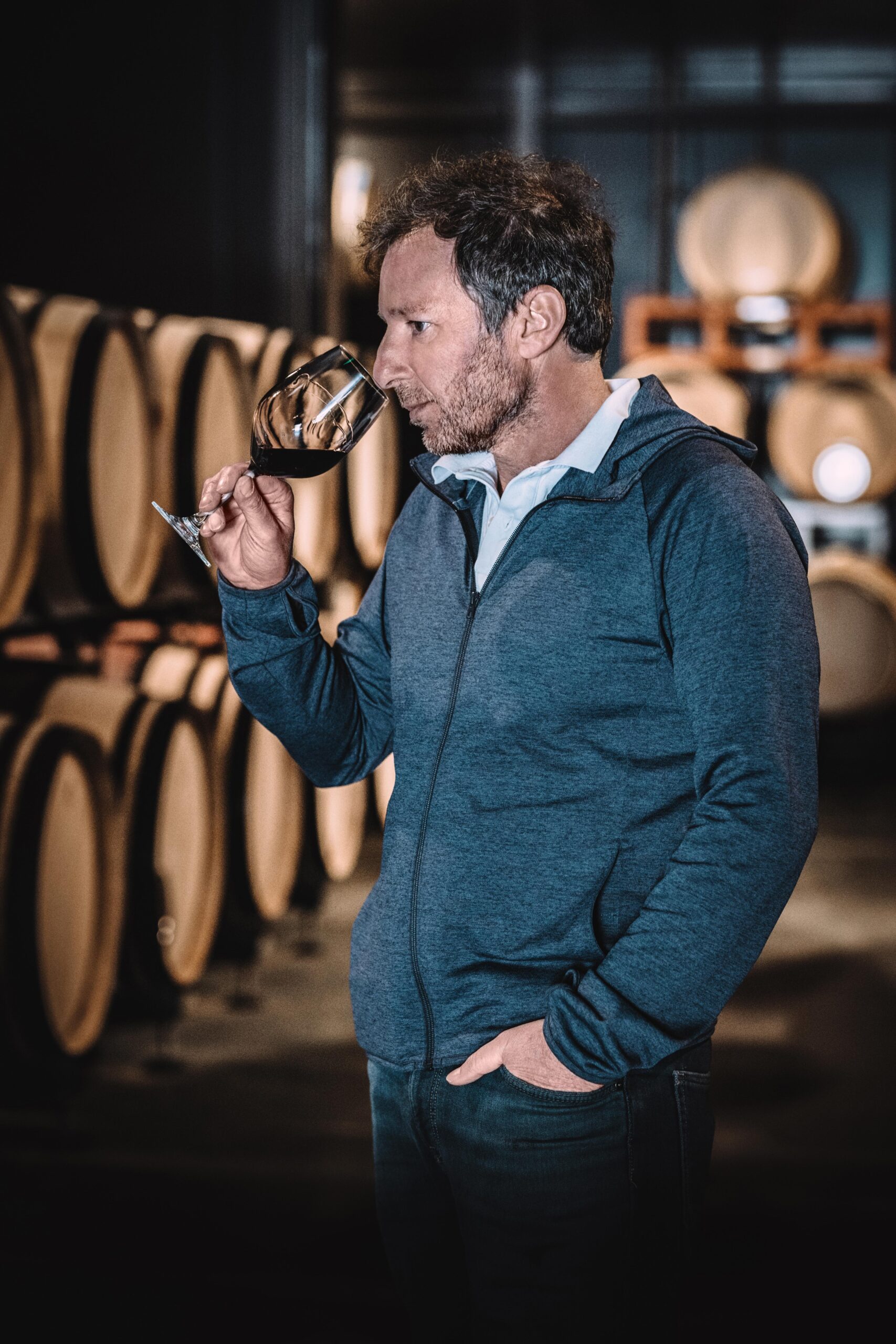Chapter 7: A Wine Enthusiasts’ Guide to Crafting the Perfect Wine Cellar
A testament to your dedication to the craft of wine collecting and enjoyment.
Building a wine cellar is the dream of many wine enthusiasts, offering not just an impressive collection to share with friends and family, but also a means to ensure their prized bottles age under optimal conditions.
Whether you’re a seasoned collector or a budding oenophile, constructing a wine cellar requires careful planning, a bit of education, and a passion for wine. Here’s how to start this exciting venture.
Starting Point: Define Your Needs
Before you lay the first stone or install the first rack, consider what you want from your wine cellar. Begin by assessing your collection size, buying habits, and the types of wine you wish to store. This will influence the size of the cellar and the storage solutions you’ll need. Think about whether your cellar is for long-term aging of fine wines or if it will serve also as a showpiece for entertaining.Location, Location, Location
The location of your wine cellar is paramount. Traditional underground basements are popular due to their naturally cool and stable temperatures, but modern technology allows for the creation of wine storage in various places, from a dedicated room to a converted closet. Choose a spot away from direct sunlight, with consistent humidity and temperature, or be prepared to invest in climate control systems.Climate Control: The Heart of the Cellar
Wine is sensitive to temperature, light, and humidity. Ideally, your cellar should be kept at around 55-58 degrees Fahrenheit with a humidity level of 60-70%. These conditions prevent corks from drying out and wine from aging too rapidly. Invest in a high-quality climate control system, which includes a cooling unit, insulation, and a vapor barrier to maintain these conditions year-round.Racking Systems: Storage with a Purpose
The racking system is where form meets function in your wine cellar. Racks can be made from various materials such as wood, metal, or even acrylic, and should be chosen based on the size and shape of your collection. Consider the accessibility and visibility of your bottles, as well as the cellar’s overall aesthetics. Modular systems can offer flexibility, while custom shelving can maximize space efficiency.Lighting: Setting the Mood
Proper lighting is crucial, both for the ambiance and the preservation of wine. LED lights are a popular choice because they emit less heat and UV radiation. Subdued, soft lighting not only creates an inviting atmosphere but also protects your wine from light damage, keeping your labels visible and your vintages safe.Security and Monitoring:
Protecting Your Investment For peace of mind and protection of your investment, consider security features like locks and alarms. Additionally, a monitoring system can keep track of the cellar’s environment, alerting you to any fluctuations that could jeopardize your collection.Where to Get Advice and Education
Building a wine cellar is not a small feat, and seeking professional advice can be invaluable. Consult with wine cellar construction experts who can help design and implement your vision. Additionally, sommeliers and wine merchants can offer insights into what wines to collect and how to care for them. There are also numerous books and online resources dedicated to wine collection and cellar management.Aesthetic Touches: Personalizing Your Space
Lastly, personalize your wine cellar. Add a tasting table, artwork, or any other touches that reflect your personal style. Remember, the cellar is not just a storage space – it’s a sanctuary for your wine and, potentially, a social space to enjoy it.

